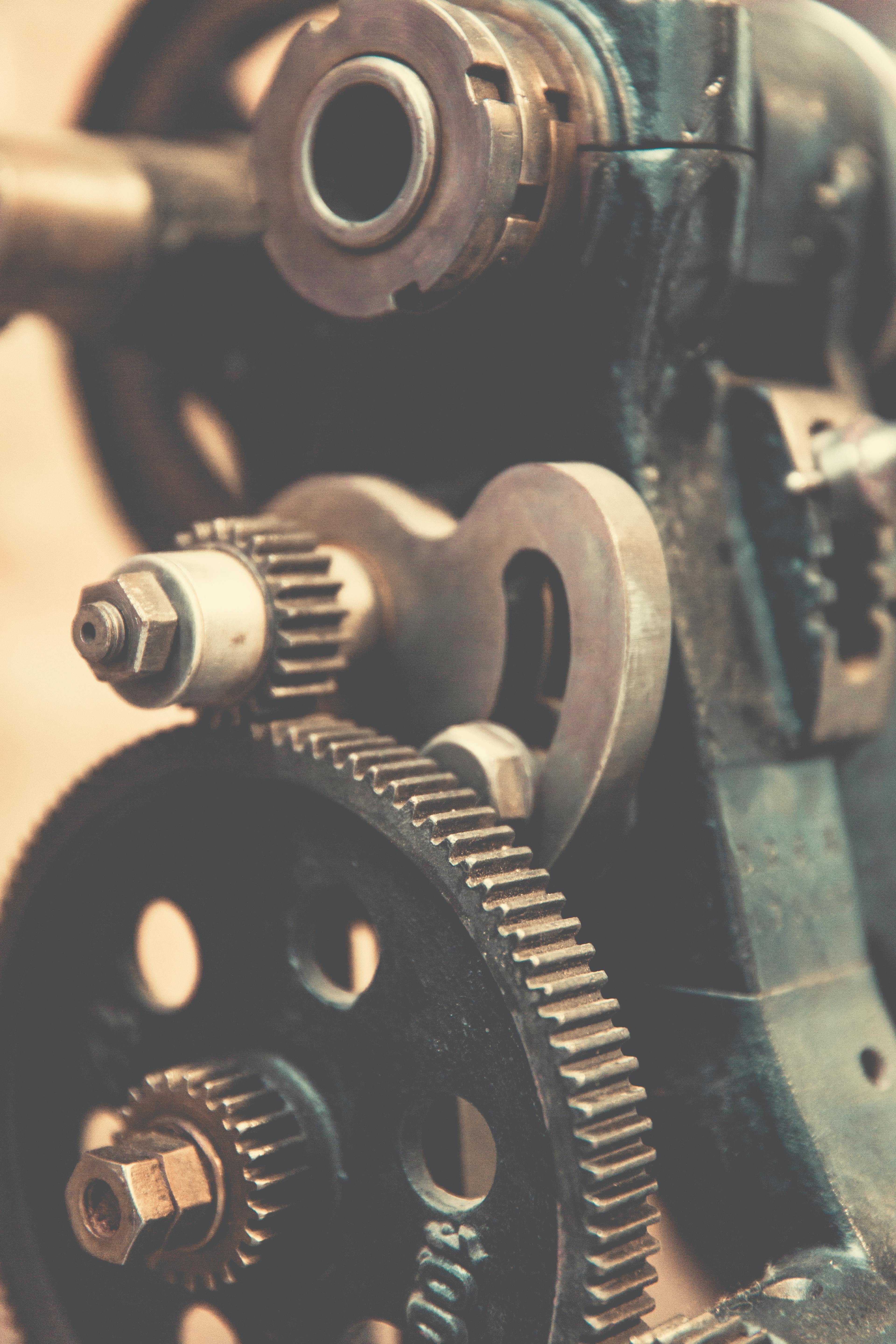This article delves into the evolution of machinery, its impact on industry, society, and economy, highlighting its profound transformation from its inception to modern innovations.
1. The Dawn of the Machine Age
Early devices like the steam engine and spinning Jenny signaled the start of the machine age during the Industrial Revolution in the late 18th century. These innovations transformed urban landscapes, paved the way for modern industry, and transformed production from manual labor to industrial powerhouses. They also increased productivity and efficiency.
2. The Impact of Steam Power
By replacing human and animal labor and facilitating the quicker transportation of raw materials and completed goods, James Watt&8217;s steam engine from the 1770s transformed industrial machinery. As people looked for factory jobs, this interconnectedness sped up industrialization across continents and societal changes like urbanization, changing economic structures and living patterns all over the world.
3. Electrification and the Second Industrial Revolution
Electrification was brought about by the second Industrial Revolution in the late 19th and early 20th centuries. The development and use of machinery were altered by the electrical innovations of Thomas Edison and Nikola Tesla. When steam engines were replaced by electric motors, factory operations became more flexible, quiet, and efficient. Henry Ford&8217;s assembly line, which transformed manufacturing processes, is a prime example of the mass production techniques that emerged during this time. Electrification advanced industrial capabilities by enabling industries to investigate new technologies, increase production accuracy, and improve worker safety and working conditions.
4. The Rise of Automation
Automation began transforming industries in the mid-20th century, reducing the need for human intervention in repetitive tasks. The introduction of computers and programmable logic controllers (PLCs) allowed machines to perform complex sequences with precision and speed. Automation improved efficiency, consistency, and safety in manufacturing processes. It also facilitated new production methodologies, such as Just-In-Time (JIT) manufacturing, minimizing waste and optimizing resource use. Over time, automation has continuously evolved, integrating artificial intelligence (AI) and robotics to push the boundaries of what machinery can accomplish.
5. Precision Machinery and CNC Technology
With Computer Numerical Control (CNC) technology at the forefront, precision machinery made its debut in the industrial landscape in the second half of the 20th century. Computer programs enable CNC machines to precisely cut, shape, and drill materials according to digital designs. The complexity and caliber of goods that could be produced were significantly raised by this development. CNC technology has greatly benefited industries like aerospace, automotive, and healthcare by producing components with exceptional precision and dependability. A major step toward highly specialized and customized manufacturing capabilities was taken with this development.
6. Digital Transformation and Industry 4.0
The digitalization of manufacturing is a hallmark of Industry 4.0, also known as the Fourth Industrial Revolution. Big data, cloud computing, artificial intelligence, and the Internet of Things (IoT) have come together to create smart factories, where machines can communicate and optimize themselves. By improving efficiency and predictive maintenance, this networked environment lowers operating expenses and downtime. Manufacturers can use real-time data analytics to gain insights for ongoing development. A major step toward a completely automated and intelligent industrial ecosystem, Industry 4.0 combines the digital and physical production worlds to produce previously unheard-of levels of innovation and productivity.
7. Sustainability and Green Machinery Initiatives
Sustainability in machinery has gained attention due to growing environmental concerns. Resource conservation and carbon footprint reduction are the goals of eco-friendly technology innovations. Industrial machinery is increasingly being powered by renewable energy sources like wind and solar. Reduced energy consumption is a result of energy-efficient designs like waste heat recovery systems and sophisticated electric motors. Additionally, the circular economy promotes the recycling, remanufacturing, and reuse of machinery parts. The industry&8217;s dedication to promoting economic expansion without endangering the health of the planet is reflected in these initiatives.

8. The Future of Industrial Machinery
There are a lot of exciting prospects for industrial machinery in the future. Machine capabilities are expected to be further enhanced by developments in AI, machine learning, and quantum computing. Self-learning, self-adapting autonomous machines may become ubiquitous. We are getting closer to decentralized manufacturing, where goods can be made anywhere and whenever needed, thanks to innovations like 3D printing. Furthermore, developments in nanotechnology may result in the creation of machines with previously unheard-of functionality and precision. Industrial machinery will become more and more important in determining the direction of production and human advancement as technology develops.
Conclusion
The transformation of industry through machinery, from the steam engine to smart factories, highlights a journey of relentless innovation and adaptation. Machinery has indisputably catalyzed economic growth, improved quality of life, and revolutionized global trade and production systems. As we stand at the cusp of unprecedented technological advancements, the role of machinery in industry continues to evolve. Embracing sustainability and integrating cutting-edge technologies will ensure that machinery not only drives industrial progress but also aligns with ecological and societal wellbeing. The ongoing evolution of machinery underscores its enduring significance, hinting at a future where human ingenuity and technological prowess will continue to intersect, driving innovation and prosperity for all.